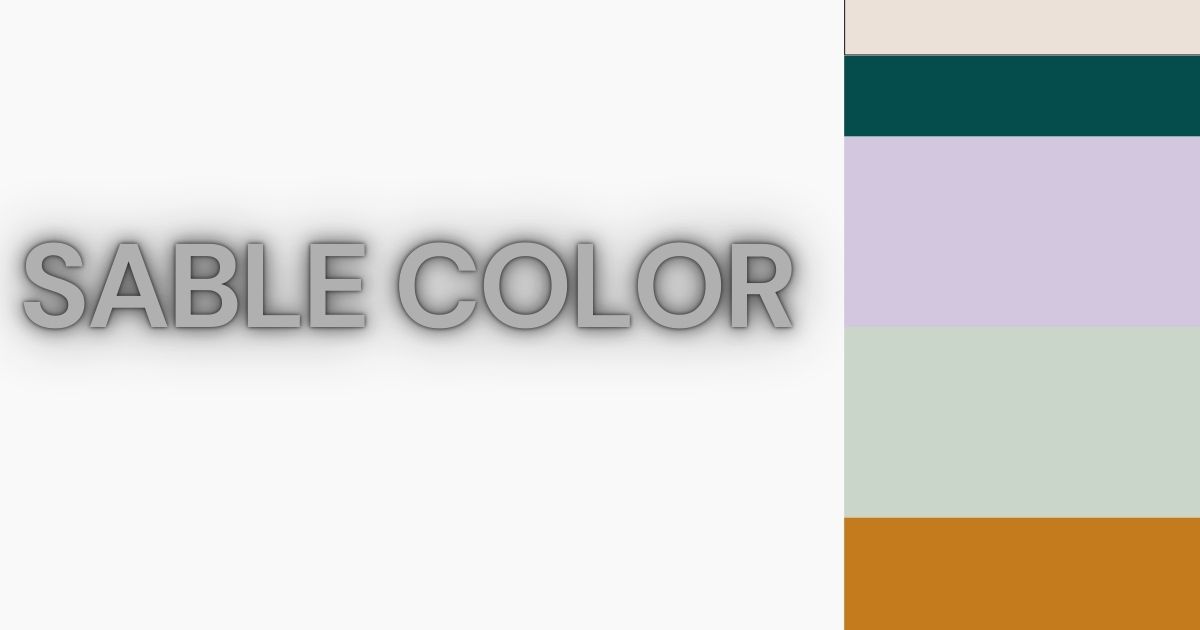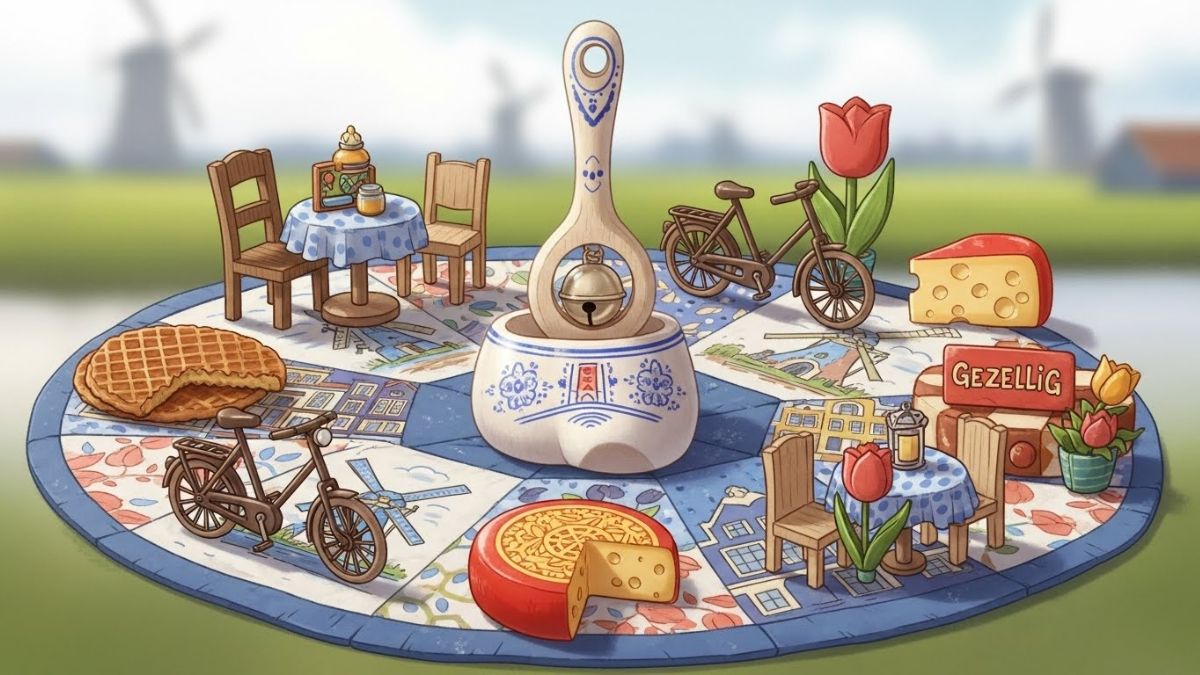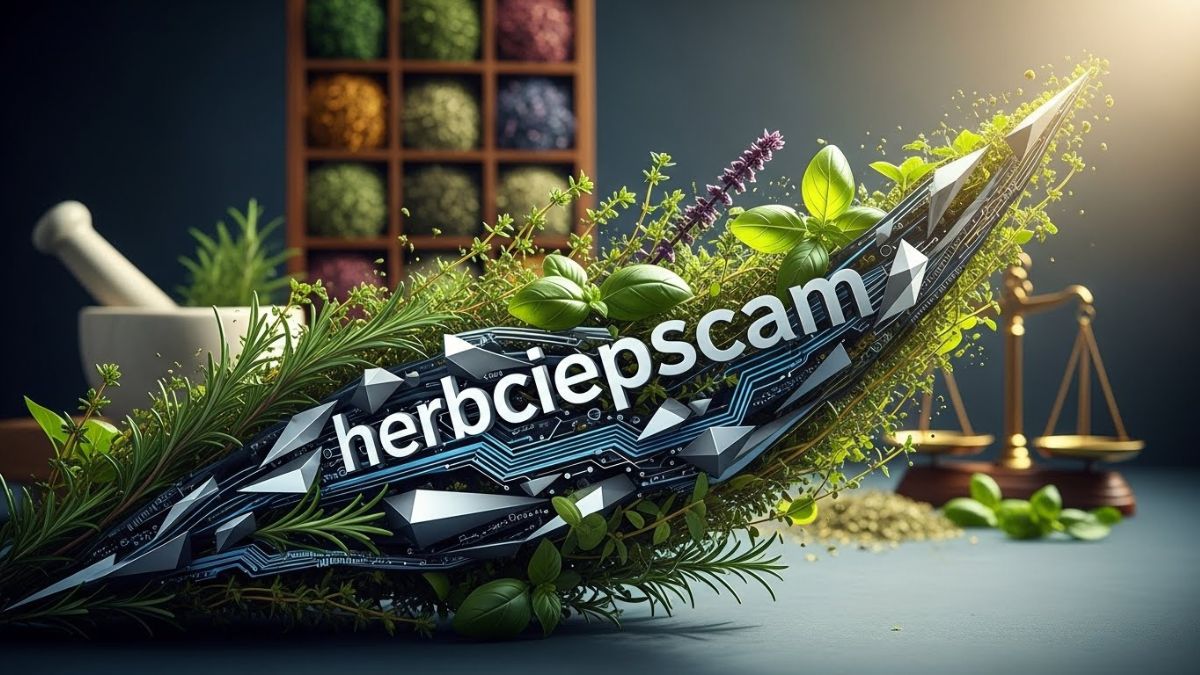Sable color is a deep, rich, dark brown that often appears almost black in certain lighting. It is derived from the luxurious fur of the sable animal, a species of marten found in Russia and parts of Asia. The color reflects an elegant mix of chocolate tones and shadowy undertones that give it a mysterious, classy aura.
Origin of the Sable Color Name
The term “sable” traces its roots back to the Latin word sabulum, meaning sand, though it’s the animal fur that truly defined the shade. In medieval times, sable fur was a sign of aristocracy, and the name transitioned from the fur to the color it represented—dark, velvety, and rare.
Sable Color in Fashion Trends
In the fashion world, sable is a go-to for timeless elegance. It’s a favorite for outerwear, especially in coats and leather jackets. The deep richness of sable flatters most skin tones, making it an ideal alternative to black for those wanting a softer, warmer dark tone. It brings luxury and sophistication to any wardrobe.
Interior Design with Sable Color
Sable works wonders in interior design when used in moderation. It’s perfect for adding depth to a space. Whether it’s a plush sable-colored couch or rich wooden floors with sable stain, it creates a grounded, warm ambiance. Designers often use it as an accent color to contrast lighter shades like cream or beige.
Sable in the Animal World
Aside from the fur itself, sable-colored animals are often described in terms of their coats. Dogs, horses, cats, and even rabbits may have sable coloring. In animals, it refers to a specific pattern—dark tips over lighter fur—which gives them a striking and beautiful appearance.
How Sable Differs From Black and Brown
Sable is often confused with black or dark brown, but it stands distinct. Black is more stark and flat, while sable contains warmer, brownish undertones. Unlike standard brown, sable is deeper, more shadowed, and has a refined softness to it that adds texture and character.
Symbolism Behind the Sable Color
The symbolism of sable is tied to mystery, power, and elegance. In heraldry, sable stands for constancy and sometimes grief, given its association with mourning attire. Psychologically, it can represent strength, wisdom, and seriousness—making it a strong choice in everything from branding to personal fashion.
Sable Color in Heraldry
In heraldic traditions, sable is one of the original tinctures and is represented as black. It symbolizes dignity and nobility. Coats of arms bearing sable often belonged to people of stature, as it indicated not just wealth but unwavering strength and wisdom.
Sable Fur and Ethical Concerns
Historically prized for its luxurious softness, real sable fur became a status symbol. However, modern ethics around animal rights have shifted demand toward faux sable. Today’s faux options closely mimic the luster and softness of the real thing, aligning luxury with compassion.
Sable in Art and Illustration
In visual art, sable is a popular shade for creating shadows, depth, and realism. Artists also favor sable-hair brushes, known for their fine points and fluid strokes. These brushes allow for expressive lines and details in watercolor and oil painting.
Makeup and Beauty Use of Sable Shades
Sable tones are popular in cosmetics, especially in eye shadows, brow liners, and contour palettes. The shade complements various complexions and adds a smoky richness without harshness. It’s a makeup staple for those seeking soft drama or natural depth.
Sable Color in Branding and Marketing
Brands that want to evoke luxury, authority, and timeless elegance often use sable. Unlike jet black, it feels more inviting and less intimidating. Luxury car interiors, leather accessories, and upscale packaging frequently utilize sable for its high-end vibe.
Popular Products Featuring Sable Color
You’ll find sable in everything from luxury car interiors to high-end furniture. Leather bags, boots, sofas, and kitchen cabinets are commonly finished in sable tones. Its versatility makes it popular for those who love understated sophistication.
Psychological Effects of Sable Color
Sable’s rich tones can influence emotions by offering a sense of warmth and reliability. It doesn’t scream for attention but holds it, gently suggesting depth, safety, and trust. It’s ideal for settings where comfort, focus, or introspection is needed.
Digital and Web Design Uses of Sable
Web designers often use sable to soften the harshness of pure black on digital screens. It provides great contrast without being overbearing, which enhances readability. It also pairs well with golds, beiges, and whites for elegant design themes.
How to Style Sable in Your Everyday Life
You can introduce sable in subtle ways—like a sable cardigan, handbag, or even nail polish. It blends easily into minimalist wardrobes while adding that hint of quiet luxury. Think of it as black’s softer, more charming cousin.
Why Sable Is a Seasonless Color
Unlike many shades that rotate in and out of trend depending on the season, sable remains constant. Its neutrality and richness make it appropriate for winter coats, autumn accessories, spring handbags, and summer sandals. It’s truly a year-round classic.
Sable as a Gender-Neutral Shade
Sable doesn’t lean toward masculine or feminine. It’s a neutral that transcends gendered color norms, making it widely accepted and embraced by everyone. From power suits to cozy knitwear, sable works across the spectrum of style.
Tips for Matching Sable with Other Colors
Pair sable with ivory or cream for timeless combos. For a modern look, try it with dusty rose, forest green, or navy blue. It also pops beautifully against metallics like bronze or gold, giving a hint of glamour to its grounded presence.
Conclusion
Sable is more than just a color—it’s a feeling, a statement, and a style all its own. Whether you’re bringing it into your home, your wardrobe, or your creative projects, this deep, elegant hue offers richness without being overbearing. Its quiet confidence, versatility, and luxurious undertones make it a top-tier choice for those who want sophistication with warmth. From its noble history to its modern uses, sable continues to enchant and inspire across fashion, design, and beyond.
FAQs
What colors go best with sable in interior design?
Cream, ivory, gold, forest green, and muted blues pair beautifully with sable to create warm and elegant interiors.
Is sable the same as black?
No, sable is a dark brown with blackish undertones, offering a softer and warmer alternative to pure black.
Can sable color be worn in summer?
Absolutely! Sable is a seasonless color that works year-round, especially when styled with lighter shades during warmer months.
Is sable color suitable for branding?
Yes, it’s perfect for luxury, high-end, and timeless branding, especially when you want something less harsh than black.
Where does the sable color get its name?
It originates from the sable animal, whose fur was highly prized in historical European and Asian cultures.











